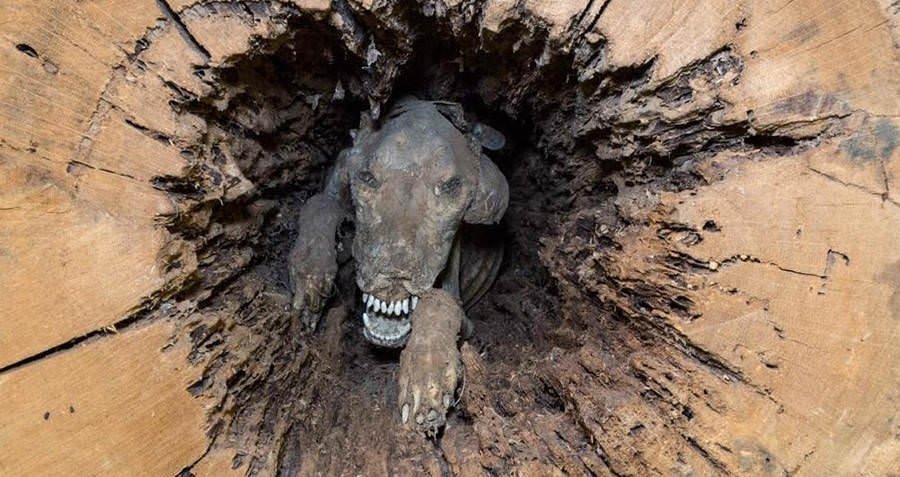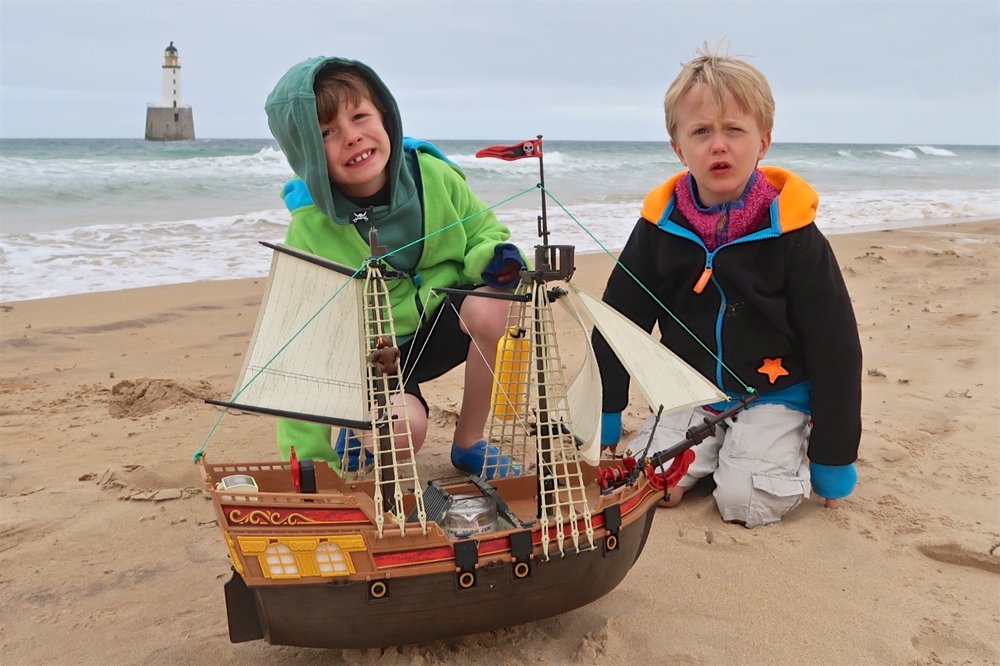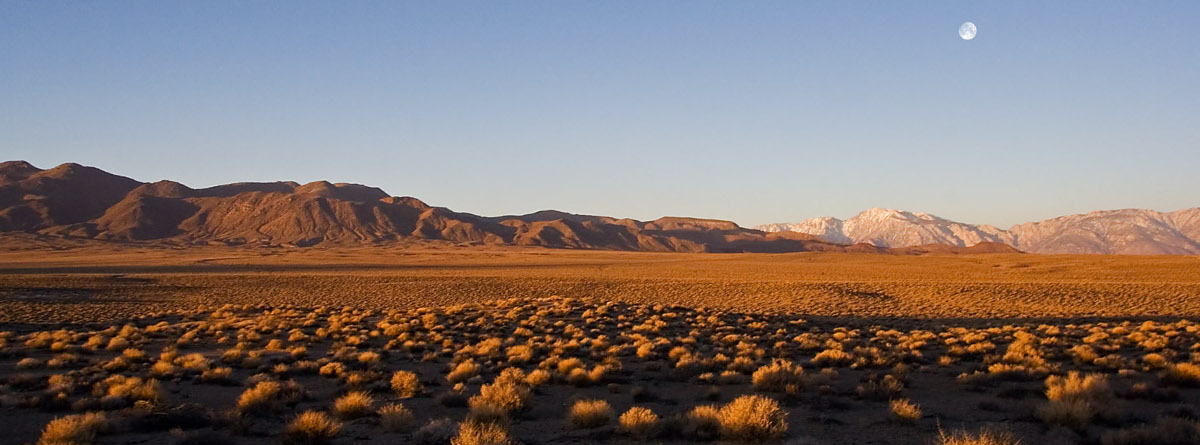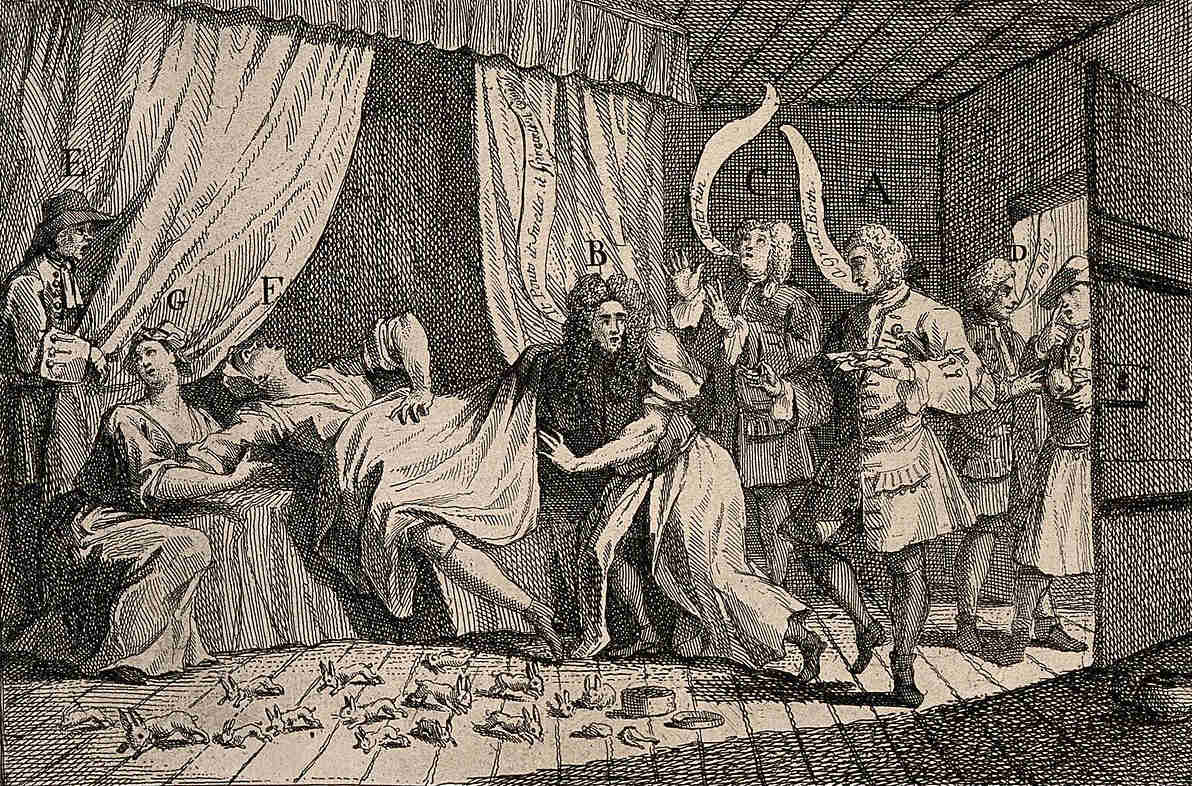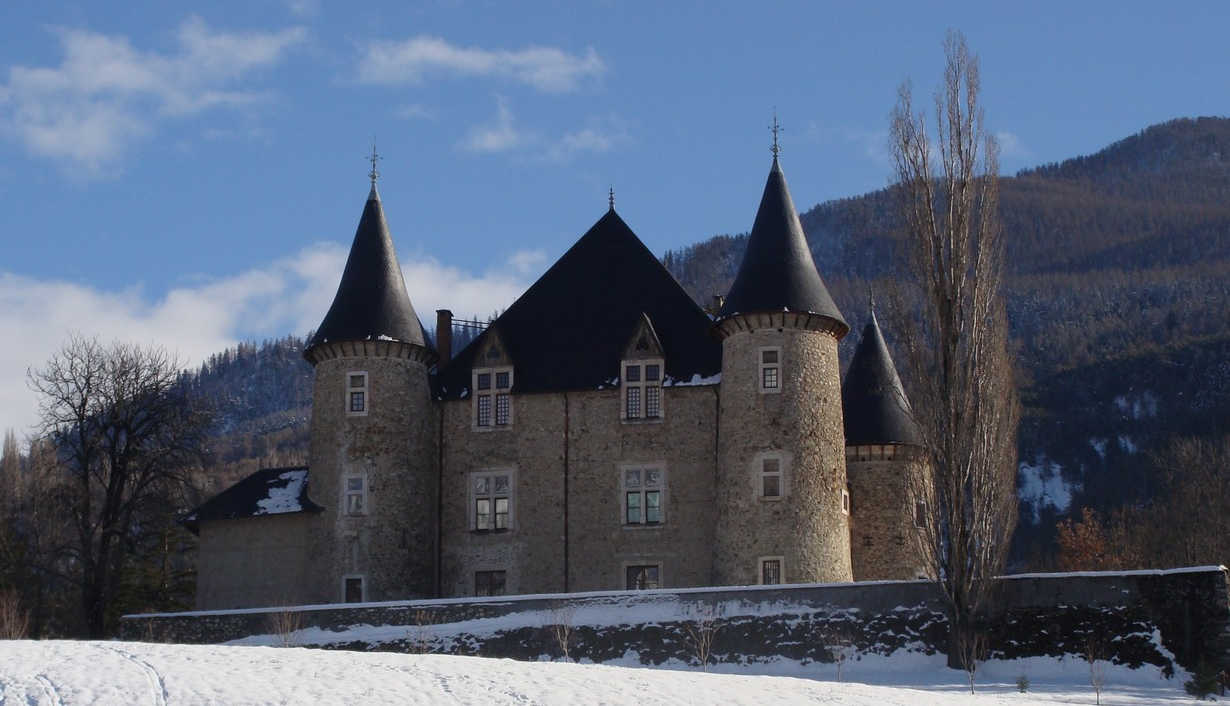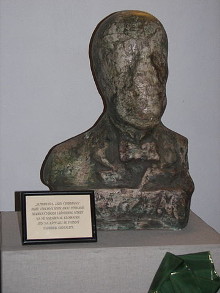From the United Press, June 18, 1942:
Pascagoula, Miss. — (U.P.) — Everybody in town is just as mystified over the motive of the ‘phantom barber’ as they are about who he might try to clip next.
Without robbing or otherwise disturbing his victims, he breaks into homes at night and snips the hair of heavy sleepers. He has given haircuts to three persons in the past week and not one of them even woke up during the process.
Police chief A. W. Ezell said he didn’t have the slightest idea why a man would want to do such a thing, but because the complaints have been coming hard and heavy, his department has staked a $300 reward for information leading to his capture. He also gave pistol permits to six volunteer officers and ordered the regular police force to be on the alert.
Bloodhounds, given a man’s footprint to start on, have failed miserably. None of the victims could give a description since they slumbered on oblivious of the tonsorial attention they were getting.

